18 historical facts about shoes that you may know for the first time (17 photos)
Shoes appeared primarily to protect the feet. from the influence of the external environment. But later people started using it, to express yourself, complete your outfit, show your status and much more other. In this post you will learn some interesting historical facts, oh well familiar wardrobe item. 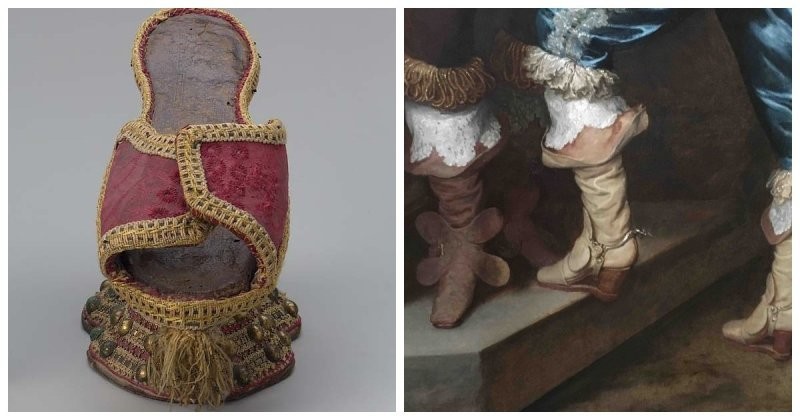
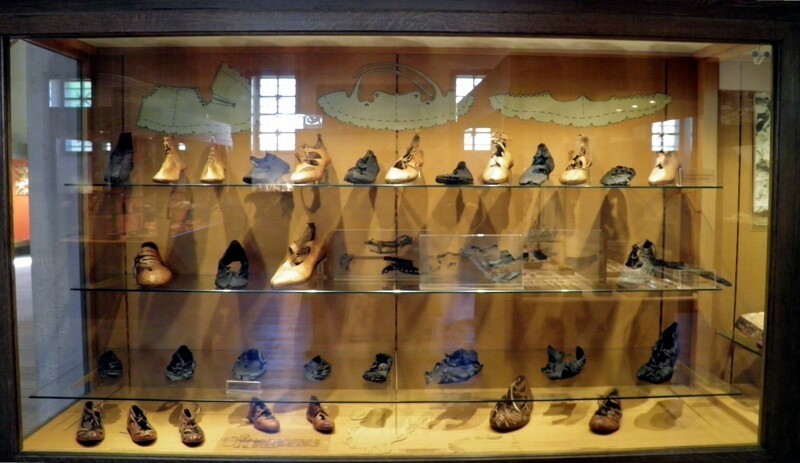
In Rome, shoes had a clear division depending on the gender. affiliation, social status, profession. white shoes intended for women, men flaunted in black. The poor wore sandals with one fastening strap, the rich - with several straps. Elegant shoes for the holidays had a red color. 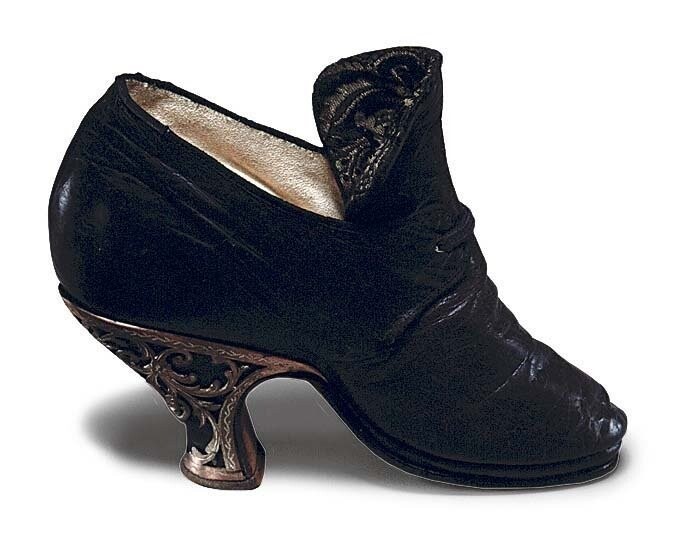
When the fashion for heels reached the lower strata of society, the aristocrats reacted by making the heels even higher and impractical. And since walking in shoes with such high heels or doing any work was very inconvenient, they, therefore, testified to the high status of the owner. 
It is believed that the Greeks were the first to cut shoes separately for the right and left leg. Sandals were the most common type of footwear. long laces - fasteners, which were sometimes laced up to the knee. 
In the Renaissance, the richer and more powerful the owner, the wider became a square toe, while children mostly wore round toe shoes. 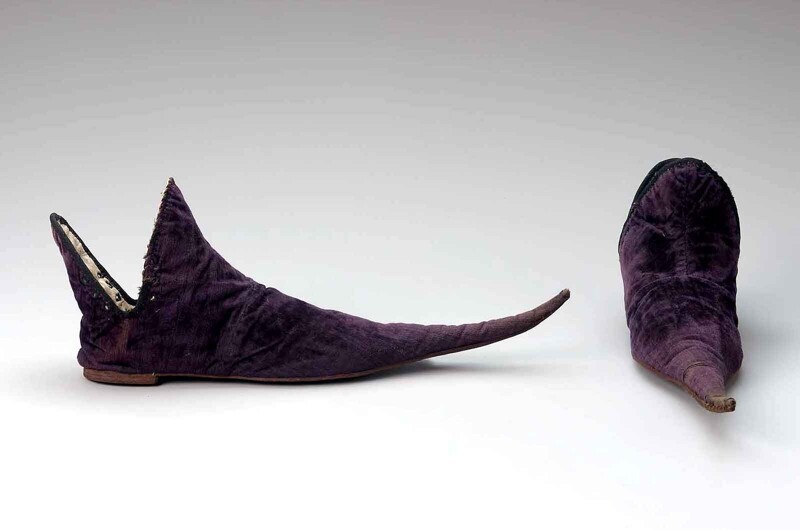
In the fourteenth century, people in Europe began to wear shoes with long and pointed noses - bullets. But wearing such shoes often hurt structure of the feet, and sometimes even led to fractures. 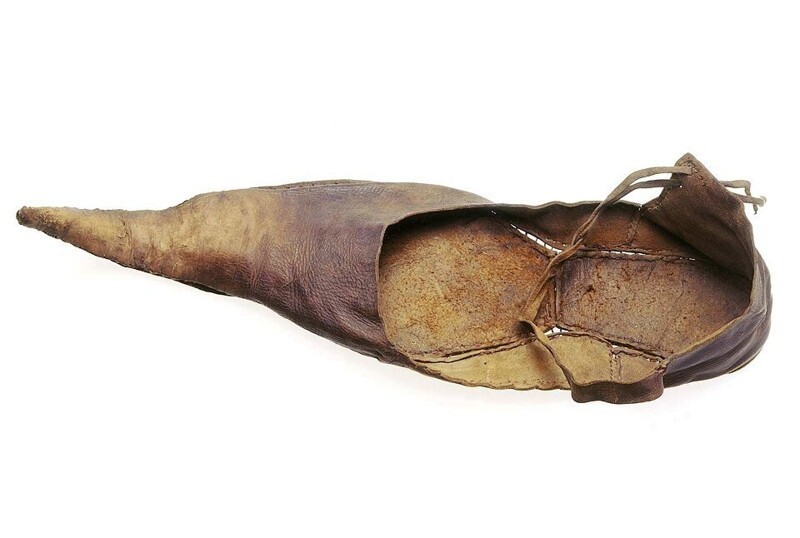
Poulains were often worn by wealthy men, who in this way emphasized their inability to engage in physical labor. These socks shoes were stuffed with wool or moss to make them stiffer. 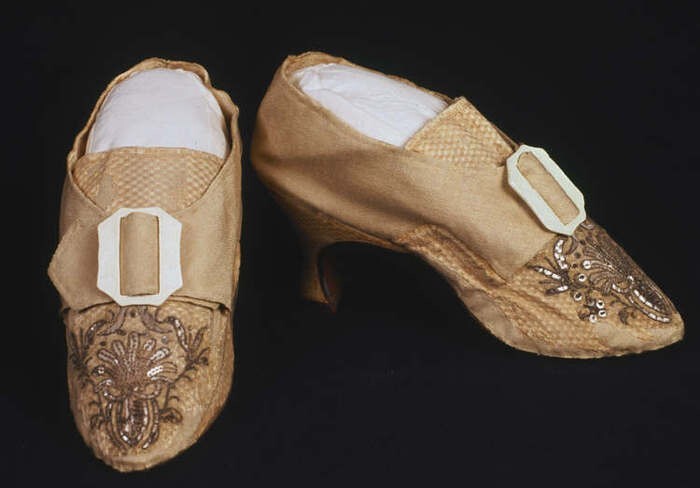
At first, shoes were decorated with ties or ribbons. But later there were metal buckles that could indicate the status of the owner. 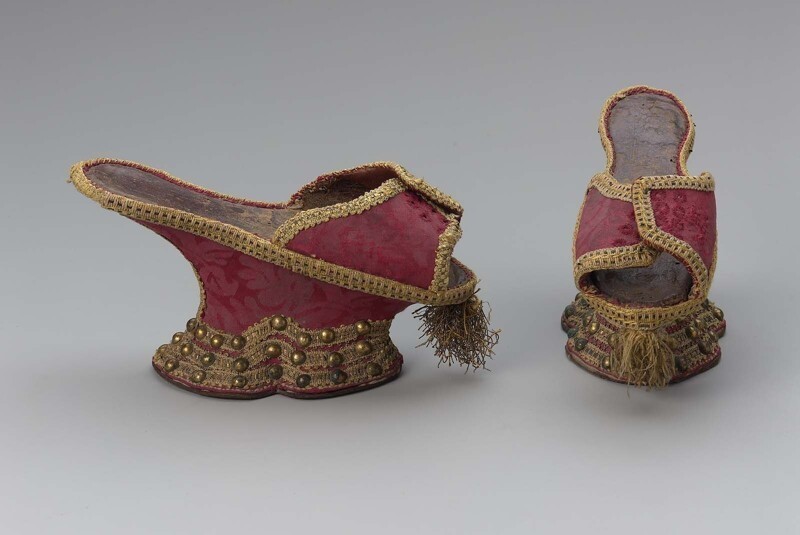
In the fifteenth century, men wanted their wives to wear shoes that were very high platform, which were called chopins. But this is not for the sake of beauty, but lest their wives run off with another man. Putting on such shoes of a woman could not leave the house without the help of servants. In the same fifteenth century, the traumatic platform was banned at the legislative level, for example, in Venice. 
In the eighteenth century, heels began to lose popularity among men. One of the reasons why women wanted to wear high heels was that they wanted their legs to appear smaller and more elegant. At the same time, the socks were pointed to make them peek out from under a long dress, creating the illusion of a small foot. 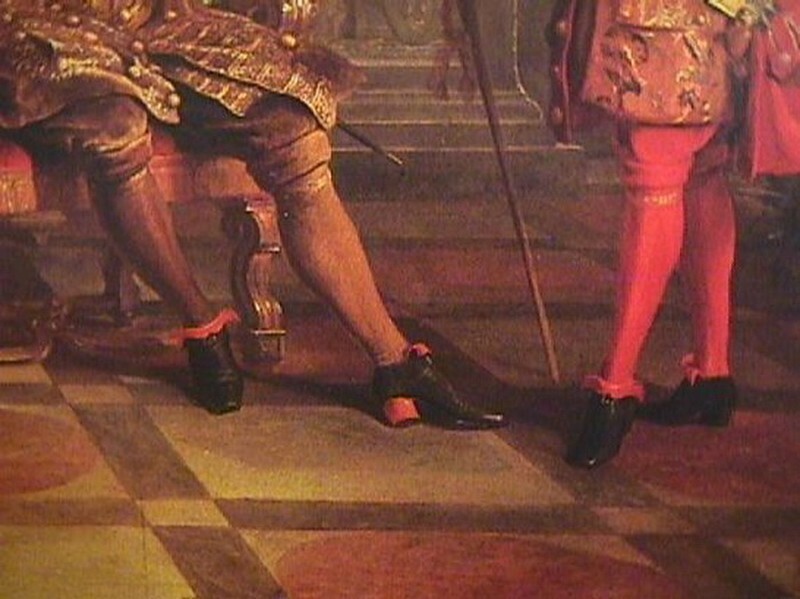
In the seventeenth century, the red heels worn by men were a symbol of wealth. At the end of the seventeenth century, King Louis XIV introduced fashion high-heeled shoes with red soles and even came up with rule forbidding all courtiers to wear different shoes when yard. 
In the past, people often suffered from foot pain because the soles of their shoes were the same for both the left and right legs. That's why men and women had to change shoes from one foot to the other, to relieve pain. 
Sneakers were invented in the nineteenth century. First these shoes worn by prison guards, and since they moved almost silently, because of the shoes with rubber soles, the prisoners called them “sneakers”. This is how the shoes got their name. 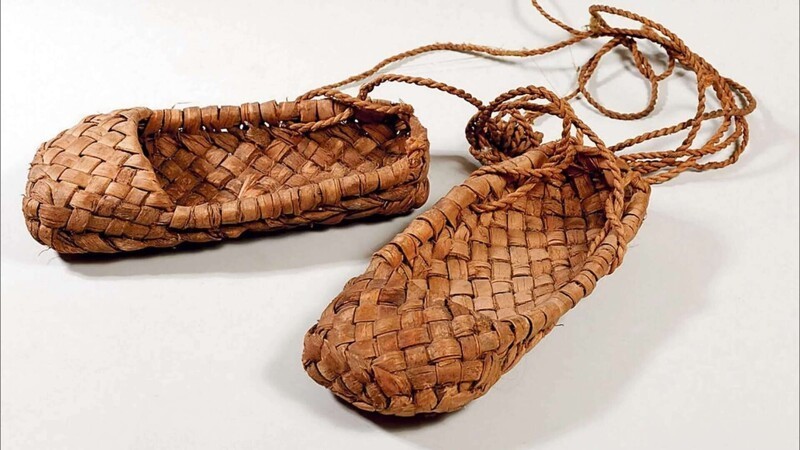
The beginning of the appearance of shoes in Rus' was the invention of bast shoes. birch bast, linden, willow and other tree species are the main material in their manufacture. For everyday wear, there were simple bast shoes, and for the holidays - elegant, colored. 
The very first leather shoes in Rus' are pistons - shoes made of solid pieces of leather, gathered with a leather strap, with which they attached to the leg. 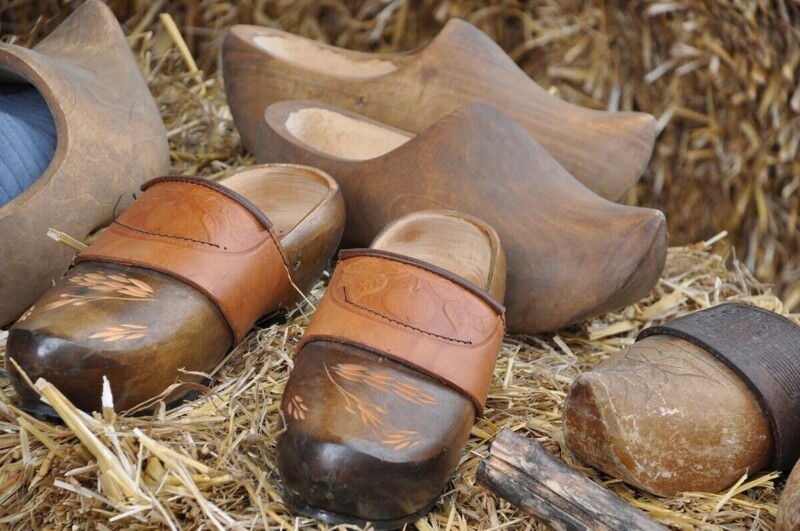
In Europe, in the 16-18 centuries, wooden "clogs" or clogs with thick soles, which were fastened with a metal hoop to the leg. Rich women wore them so as not to get dirty with street dirt. 
In the 19th century, native Russian felted shoes appeared: felt boots and wire rods, which were made from sheep's wool. Their price was high due to labor-intensive manufacturing, so families most often had one pair felt boots, which were put on in turn. Near the end of the nineteenth century there were no standard shoe sizes, so the length of the sole measured in barley grain.





























